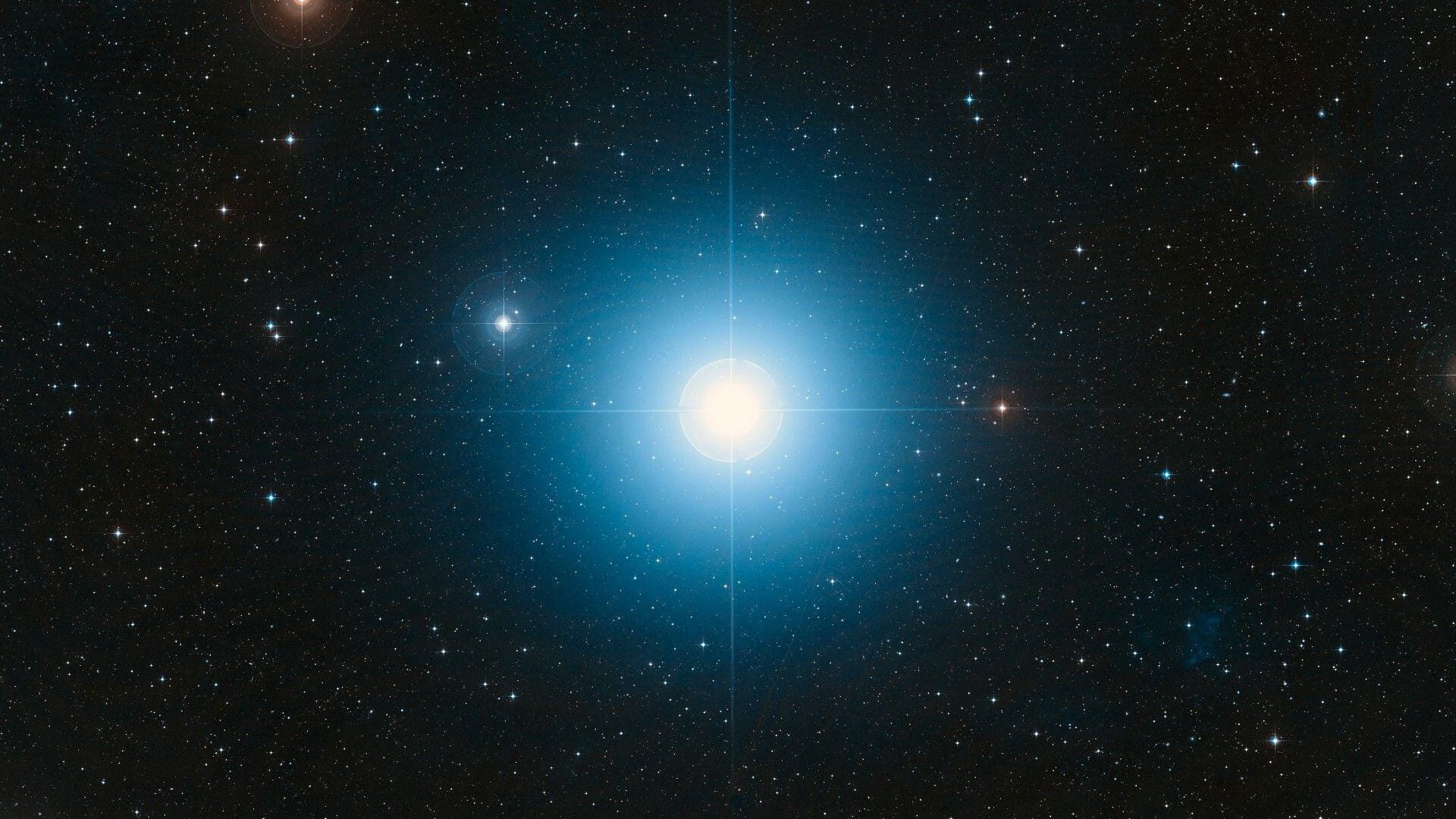
'Solitary' star Fomalhaut visible in the sky: How to watch
What's the story
As the leaves begin to change, one star in particular signals the arrival of autumn, Fomalhaut. This bluish-white star dominates the Piscis Austrinus constellation in the southern sky. While it is not the brightest star in the sky, Fomalhaut is easily identifiable due to its brightness and unique position in an otherwise dull area. It has even earned the nickname "The Solitary One."
Star profile
Fomalhaut's characteristics and distance from Earth
Fomalhaut, a bluish-white star shining at magnitude +1.2, is located just 25 light-years away from Earth. It is nearly twice the size of our Sun and shines about 16 times brighter. The star system also includes two other fainter companions. Fomalhaut stands out as the only bright star in an otherwise dull area of the sky, making it easily identifiable for navigators.
Stellar history
How to locate Fomalhaut in the night sky
Five thousand years ago, Fomalhaut was one of four "Royal Stars" that ruled over a quadrant of the sky. The other three were Aldebaran in Taurus, Regulus in Leo, and Antares in Scorpius. Even today, Fomalhaut is used for celestial navigation due to its brightness and unique position. It can be located by drawing a line between Scheat and Markab, two bright stars marking the right side of Pegasus's Great Square and extending it downward nearly four times their distance.
Planetary mystery
What do we know about its planetary system?
In November 2008, astronomers using the Hubble Space Telescope reported the discovery of an exoplanet orbiting Fomalhaut, nearly three times Jupiter's mass. However, later studies with the Spitzer Space Telescope suggest this "planet" could be a clump of material in an expanding gas-and-dust disk around Fomalhaut. Further observations are needed to confirm or refute these findings and clarify Fomalhaut's planetary system.